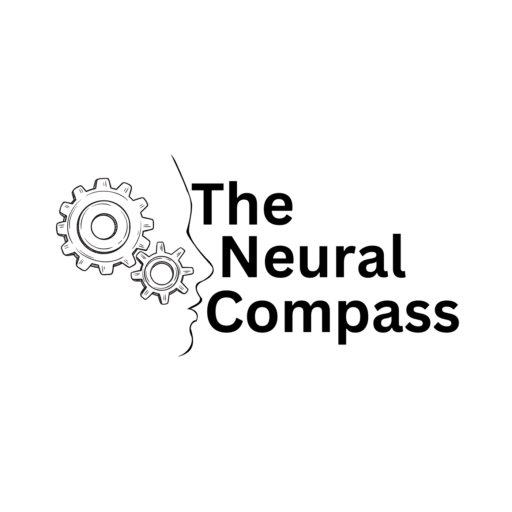Boosting Engagement and Conversions with Dynamic Landing Pages
The ultimate aim for any marketer is to convert visitors into customers. But what happens when they bounce? The typical landing page conversion rate is 26%, yet 10% of firms that have embraced smart enterprise architecture find a way to achieve conversion rates of 70% or more. How do they do it? The first step to managing conversions is to create a dedicated landing page for your campaign, or even better, for each ad within that campaign. If you’ve already done that, the next obvious step should be to turn these landing pages into dynamic landing pages.
What Is a Dynamic Landing Page?
A dynamic landing page is a web page that automatically changes its content to match the visitor’s specific search query, providing relevant and targeted information that is more likely to result in a conversion. A dynamic landing page is distinct for each visitor, resulting in a one-of-a-kind experience built around potential customers and intended to persuade them to convert. It must be part of any truly agile web design process.
There are two main benefits of using dynamic landing pages:
- They save you time by eliminating the need to create multiple versions of the same landing page for different keywords or search queries.
- They improve your chances of conversion by delivering highly relevant, personalized, and targeted content to the user, increasing the likelihood that they will take the desired action. For instance, by simply personalizing your CTAs, you could see a 202% increase in conversions.
Creating a dynamic landing page is relatively simple and can be done with most common website platforms.
How To Create Dynamic Landing Pages
Here are a few tips on how you can turn your static landing pages into dynamic ones:
Use keyword triggers
Keyword triggers are pieces of code that automatically insert relevant content into your landing page based on the user’s search query. These can be as simple as including the keyword in the headline or throughout the body copy, or they can be more complex, like showing a different image or video depending on the keyword used.
Use URL parameters
URL parameters are pieces of information that are appended to the end of a URL, which can then be used to dynamically change the content on a landing page. For example, if someone clicks on an ad for “red shoes,” you could append “?color=red” to the URL, which would trigger the landing page only to show red shoes.
Use cookies
Cookies are small pieces of information stored on a user’s computer, which can then be used to track their behavior and preferences. This information can be used to dynamically change the content on a landing page, such as showing products that the user has viewed in the past or items that are similar to what they’ve already purchased.
Use IP addresses
IP addresses can be used to determine a user’s location, which can then be used to serve them relevant content. For example, if someone is searching for “hotels in New York,” you could use their IP address to detect their location and then show them hotel listings specifically in New York.
5. Use user agents
User agents are pieces of information that are sent by a user’s browser when they request a web page. This information can detect the device the user is using and then serve optimized content for that device. For example, if someone is viewing your landing page on a mobile phone, you could use their user agent to detect this and show them a mobile-optimized version of the page.
Best Practices for Dynamic Landing Pages
Now that you know how to create dynamic landing pages, here are some best practices to keep in mind:
Keep it simple
The goal of a dynamic landing page is to provide relevant and targeted content to the user, not to overwhelm them with too much information. Keep your landing pages clean and concise, and only include the most relevant information for each visitor.
Test, test, test
As with any changes you make to your website, you must test your dynamic landing pages before you launch them. Use A/B testing to compare the performance of your static landing pages against your dynamic ones and track your conversion rates to see which version is performing better.
Be prepared for change
The content on your dynamic landing pages will constantly change, so it’s essential to be prepared for this. Make sure you have a system for regularly updating your landing pages, and consider using a content management system (CMS) to make this process easier.
Optimize for SEO
Since the content on your dynamic landing pages will constantly change, optimizing them for search engine optimization (SEO) is critical. Use keyword-rich titles and descriptions, and include relevant keywords throughout your page copy.
Monitor your analytics
Keep an eye on your website’s analytics to see how your dynamic landing pages perform. Check things like bounce rate and time on site to see if users are engaging with your content, and track your conversion rates to see if more visitors are taking the desired action.
By following these best practices, you can create dynamic landing pages that are both effective and efficient. You can increase your conversion rates and improve your website performance by providing relevant and targeted content.

